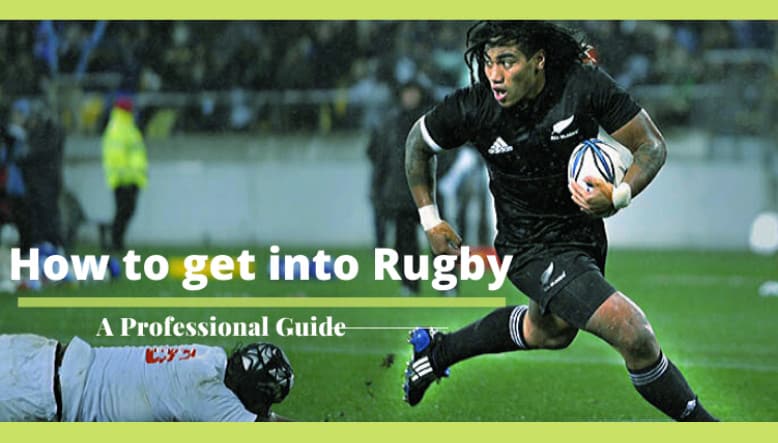
If you’re thinking about how to get into rugby, the first question you have to answer is - what kind of rugby, league or union? To understand and answer this question, you’ll need a bit of background on the subject.
A brief history of rugby (or the union versus the league)
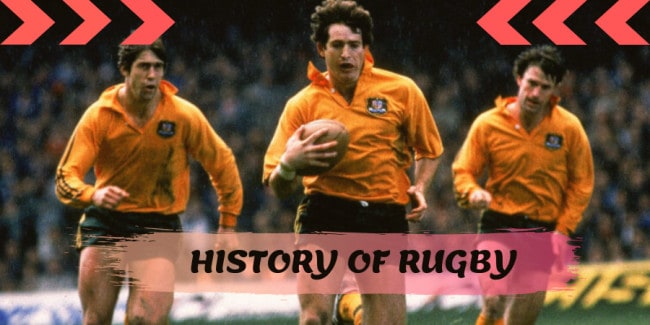
What this means in practice
As a beginner, you will probably find it best to pick one of the variations and stick with it, until you are confident in your skills. You might then want to try out the others to see how you like them. It’s entirely possible (in fact fairly common) for players to switch between different forms of the game over the course of their career as the basic skills are much the same. Having said that, the physical demands of the game vary widely.
Standard rugby union games are considered to be the least-demanding form of rugby, although please remember this is relative (very, very, relative). Rugby league is a faster-paced game, partly because there are fewer players to cover the field and partly because the ball spends more of the game in play. Rugby sevens is even faster and more intense for the same reasons, but the games are massively shorter, as in less than a fifth of the length of both union and league games.

If you’re interested in playing competitively, there are, of course, pro-level options in all of these variations, but, you have to reach the necessary standard first. Until that point, you may want to make your choice based on what’s available around where you live. Basically if you’re in the south of England, you’re more likely to find union than league and everywhere else it’s the other way round. Interestingly rugby sevens is played pretty much everywhere.
The injuries issue

Before you go any further, it’s probably best to clear this up. When played competitively, at any level, rugby is a really physical game, in other words, injuries are pretty much inevitable, although they’re usually actually fairly minor (think strains and sprains). If you’re not up for this, then your options are to find another sport, or to stick with touch rugby.
Touch rugby is basically your chosen variation of rugby but with the classic tackle (bringing a player to the ground) replaced with the much gentler approach of touching a player somewhere between the knee and the shoulder. While purists may sniff at the sport and it’s not really played competitively (yet), it is already very popular as a recreational game and its popularity is growing all the time.
The basics of rugby
The basics of rugby are common to all forms (even rugby sevens is played on a full-sized pitch). Here is a brief guide to what you need to know to get started.
Understanding a rugby pitch
In theory, a rugby pitch can be any size up to a maximum of 120M and 70M wide. In practice, standard rugby pitches are exactly that size. There is a line across the exact middle, dividing the pitch into halves and known, very logically, as the halfway line and then further lines marked 10, 28, 50 and 60 metres to each side of it.
These lines are known as:
- the 10-metre line
- the 22-metre line
- the tryline
- the dead-ball line
If you’re wondering how that maths works out, it’s because the 10-metre line is as measured from the halfway line whereas the 22-metre line is measured from the tryline.
The goal is in the exact centre of the tryline and the bit between the tryline and the dead-ball line is known as the in-goal area.
Vertically, there are two lines 5 and 15 metres in from the sides of the pitch. These are known as the 5-metre line and the 15-metre line.
Basic rugby terms
Some people say that fancy terms is what rugby players use to cover up the fact that a rugby match is just an 80-minute punch-up (or a 14-minute punch-up if you’re playing rugby sevens). We couldn’t possibly comment, but we can guide you to a decent, basic glossary of rugby terms.
Speaking of rugby terms, one point to note is that communication is key to success in rugby and that means that there is usually a lot of shouting. It may sound aggressive and intimidating, it’s not. It’s just a natural result of having to communicate clearly and quickly in a large space and, this being the UK, often in challenging weather conditions. Be prepared to be told to talk more (for which read shout).
Rugby positions
Regardless of what type of rugby you play, the positions will be grouped into two main types, forwards and backs. Usually, there’s 8 of the former and 7 of the latter. Unlike in just about any other sport, the forwards are actually the defensive players and it’s the backs who do all the running and attacking.
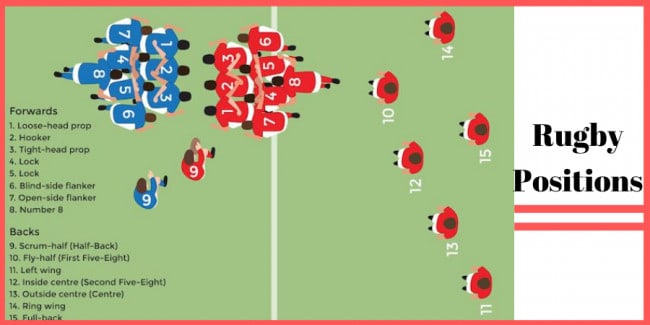
The standard image of a decent rugby forward is a player who’s built like a brick wall and takes about the same degree of effort to move. This is a very fair image, but it overlooks the fact that, for all their bulk, rugby forwards can generally move very quickly when they want to, not as quickly as the backs, but quicker than you’d expect given the average size of them.
While a rugby team is, of course, a single unit, the forwards are almost a team within a team. The secret to a good rugby defence is for all of the forwards to work together almost like one, single person and competitive rugby teams will put a lot of work into making this happen.
The backs tend to be lighter than the forwards, in fact some of them can be very slim, so they are usually a lot faster. It’s the job of the backs to get the ball moving into their opponent’s half of the pitch, score tries and generally make a nuisance of themselves.
Backs also tend to be the players who decide strategy and rely on their team mates to implement it. Therefore all players need to be alert to what the game makers are doing, but they also need to be ready to act on their own initiative if necessary.
All positions require players to grasp the basic skills of rugby such as tackling, passing and kicking, but, obviously, the extent to which they use each of these skills will depend on their specific role in the game. Forwards, for example, very rarely kick the ball whereas backs kick the ball all the time.
For a full list of rugby positions and what they mean, check out this article.
Getting started in rugby
So now you’ve chosen your variant, you’ve found a team and you’re ready to head off to your first practice. Here’s some guidance on what to bring and what to expect.
Equipment
If you have boots with studs, even if they’re for another sport, then it’s definitely worth taking them along. If you don’t, regular trainers will get your started, but you may find yourself struggling for grip, even in drills.
Regular sports clothes are fine, you’ll only need proper rugby gear if you start to play competitive matches. That said, there is a very important point you really need to understand.
Your underwear matters, a lot.
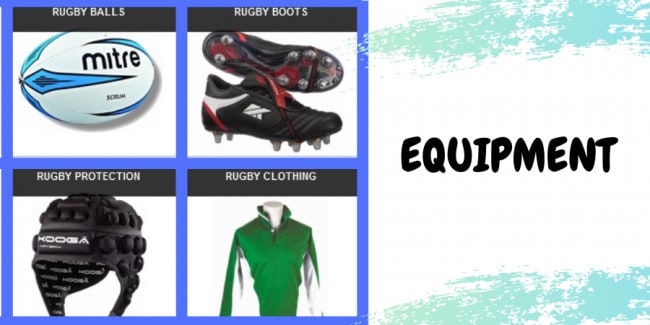
Unless you are playing touch rugby, then you can expect to be tackled. In rugby, tackling basically means bringing a player to the ground by whatever means necessary (short of excessive physical violence). This means that it is far from unusual for a player’s shorts to come down with them.
Professional rugby players wear compression tights for this exact reason and if you’re going to play competitively then you may want to invest in a pair or two. When you’re just getting started however, wearing something form-fitting like cycling shorts or leggings between your regular underwear and your planned outerwear could go a long way towards saving your blushes.
Another important point to note is that jeweller of any sort is an absolute no in rugby, it’s just way too dangerous. This includes the sort of close-fitting jewellery you sometimes see other sportspeople wearing. Again, you are going to be tackled, you are going to wind up rolling around on the ground. All jewellery has to come off.
This may seem obvious, but it’s worth mentioning, you will find it very helpful to keep your hair out of your way and, above all, out of your eyes. If your hair is long enough to tie back, definitely do so and use a really strong band (did we mention rugby can get tough?). If it’s at an “in-between” stage, then try using a sweatband or similar to make sure it stays out of your way.
Last but definitely not least, the one piece of rugby-specific equipment you will want to buy straight away is a mouthguard, preferably a gel one which will mould to your teeth. They’re very affordable, certainly a whole lot more affordable than dentistry bills and putting in a mouth guard is a whole lot easier than trying to find bits of your teeth on the pitch and keeping them until you see if your dentist can put them back in place.
If you have false teeth, leave them in, for communication, but make sure you use a really strong glue to keep them in place and still wear a mouthguard (seriously).
Other than that, all you really need to think about bringing is the sort of equipment you’d take to any sport, namely layers and hydration and also maybe some snacks.
As a complete beginner, you can expect to be welcomed into the team (rugby clubs are generally some of the friendliest places around) and integrated into drills. Depending on your physique, you may be a natural forward or back, but if not, you may be assigned to both halves of the squad until you find the position which is right for you.
In short
If you’re looking for a game where you get to blend strength, speed and smarts with at least a pinch of thuggery (a good handful if you’re a forward), then rugby could be the perfect choice for you. Even though it’s one of the roughest, toughest games around, it’s also one of the most fun and friendly and if you’d like all the fitness and sociability without the tackling (and you’re not too bothered about proper competitions), then give touch rugby a try.

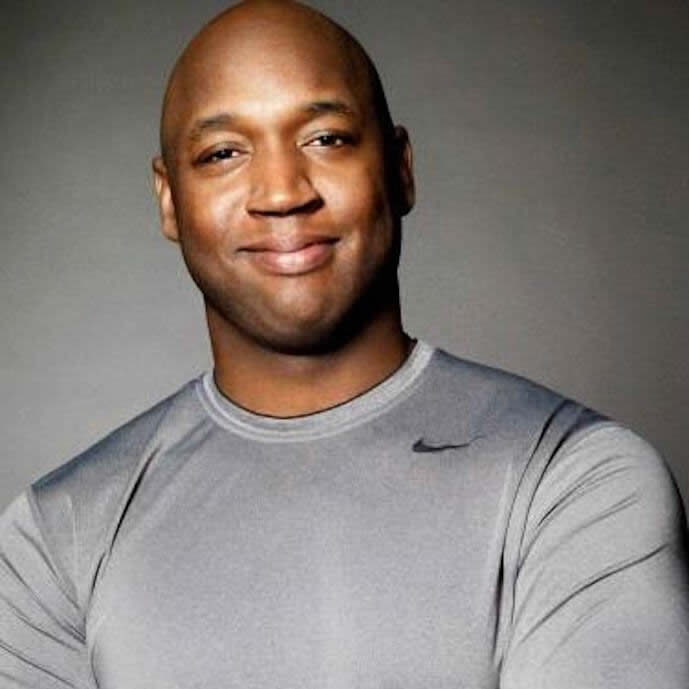
![How to get into Rugby – [Professional Guide]](https://fitnessauthority.co.uk/wp-content/uploads/thumbs_dir/how-to-get-into-2-omso8gmjnbemulz3l61kydk0x3gtyj6jycg38gxd18.jpg)
![How to get into Rugby – [Professional Guide]](https://fitnessauthority.co.uk/wp-content/uploads/thumbs_dir/Best-Squash-Shoes-omso3g5j74jkxh98v017nn3iv46cwna39j6v3ccy7w.jpg)


![Best Home Gym Mirror – [Full Buyer’s Guide & Review]](https://fitnessauthority.co.uk/wp-content/uploads/2021/04/Best-Home-Gym-Mirror-800x400-1.jpg)






